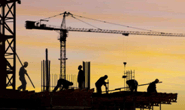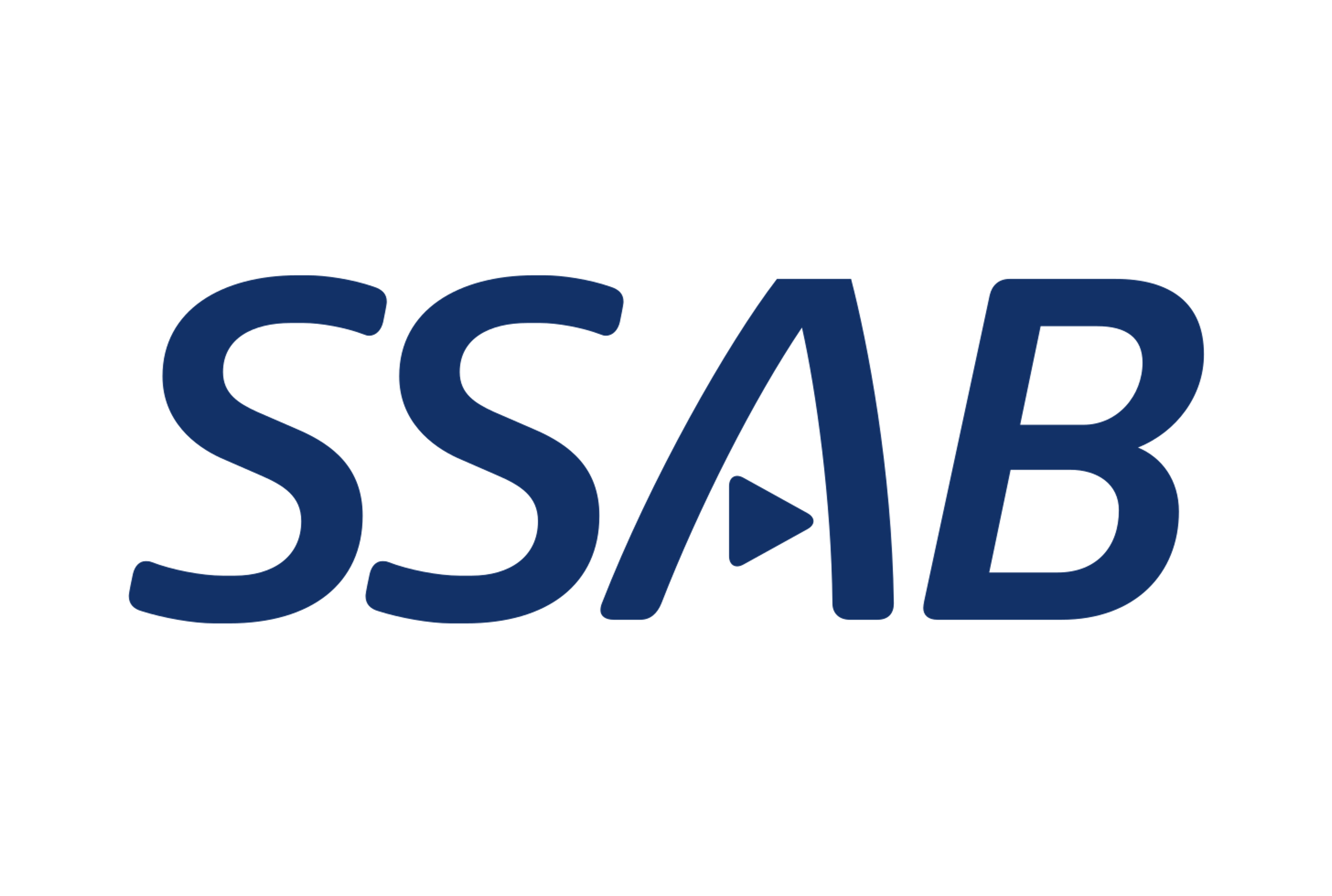Analysis

March 2, 2022
AGC: Residential Construction Up in January, Public-Sector Spending Mixed
Written by David Schollaert
Construction spending rose in January with strong gains in private nonresidential and residential construction, but mixed results for public spending, reported the Associated General Contractors of America (AGC).
“Private nonresidential construction, especially for manufacturing plants, has rebounded sharply in recent months, while demand for housing remains strong,” said Ken Simonson, AGC’s chief economist. “But public projects have yet to grow consistently.”
Construction spending in January totaled $1.68 trillion at a seasonally adjusted annual rate, 1.3% above December’s upwardly revised rate and 8.2% higher than in January 2021.
Private residential construction spending rose 1.3% in January from a month prior and 13.4% from the same period a year ago, while private nonresidential construction spending increased 1.8% month on month and 7.3% from January 2021. In contrast, public construction spending rose just 0.6% for the month and fell 1.3% from the year-ago level.
Among residential segments, single-family construction was up 1.2% monthly and 15.4% year-over-year. Multifamily construction inched down less than 0.1% in January but rose 4.8% from a year earlier. Spending on improvements to existing owner-occupied houses increased 1.8% for the month and 13.7% year-over-year.
A surge in manufacturing construction, which gained 8.5% for the month and 31.2% year-over-year, accounted for the bulk of the private nonresidential pickup. Power construction – the largest private nonresidential segment – rose 2.7% for the month but trailed the year-ago rate by 1.4%.
Commercial construction – the next-largest segment – declined 0.5% in January but jumped 18.0% year-over-year. Year-ago gains were up in each component: warehouses (up 22.4%), retail categories (up 15.2%), and farm (up 4.4%).
The largest public segments showed diverse results. Highway and street construction edged down 0.1% monthly but rose 5.2% compared to January 2021. Educational construction was unchanged for the month and eroded 9.9% from one year ago. Transportation construction spending climbed 1.6% in January but only 0.1% year-over-year.
The uneven public sector construction spending is largely due to the non-appropriation of extra funds authorized in the bipartisan infrastructure bill signed by President Biden last year, said AGC. Restrictions not intended in the legislation have been added, also hindering the usage of funds.
AGC urged Congress to quickly pass the overdue appropriations bill and the administration to stick to the wording and intent of the infrastructure bill.
“The highway, transportation and other infrastructure promised by that bill is urgently needed to tackle snarled supply chains and rising costs,” said Stephen Sandherr, AGC’s chief executive officer. “Congress and the administration need to fulfill the promise of the legislation right away.”







